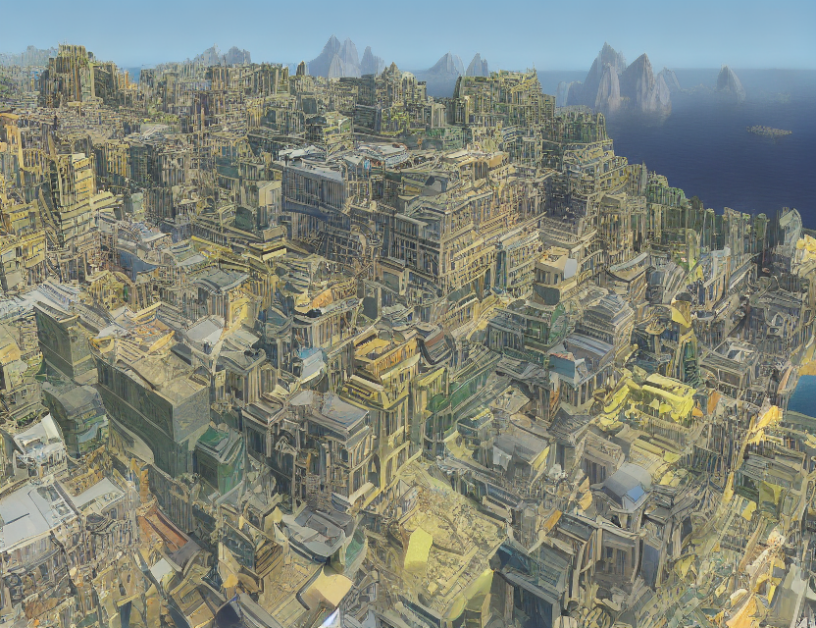The field of text-to-image synthesis has seen significant advancements in recent years, with the development of innovative techniques that can generate highly detailed and realistic images from textual descriptions. This survey aims to provide a comprehensive overview of these developments, highlighting the key concepts, techniques, and applications in this rapidly evolving area.
Section 1: Text-to-Image Synthesis Overview
Text-to-image synthesis refers to the process of generating images from textual descriptions, such as captions or natural language prompts. This task has numerous applications, including image generation, data augmentation, and visual storytelling. The survey covers various approaches to text-to-image synthesis, including rule-based methods, deep learning techniques, and hybrid models.
Section 2: Deep Learning Techniques for Text-to-Image Synthesis
Deep learning techniques have shown remarkable success in text-to-image synthesis, particularly in the field of generative adversarial networks (GANs). GANs consist of a generator network that produces images from textual descriptions and a discriminator network that evaluates the generated images. The two networks engage in an iterative process, with the generator adapting to produce more realistic images, and the discriminator becoming increasingly selective in distinguishing between real and fake images.
Other deep learning techniques used in text-to-image synthesis include variational autoencoders (VAEs), convolutional neural networks (CNNs), and recurrent neural networks (RNNs). These models are capable of capturing complex patterns and relationships within the input text, leading to highly realistic image generation.
Section 3: Applications of Text-to-Image Synthesis
The applications of text-to-image synthesis are vast and diverse, ranging from entertainment (e.g., video games, animated movies) to practical uses (e.g., medical imaging, product design). In the entertainment sector, text-to-image synthesis can be used to create interactive visual content for games and virtual reality applications. In the practical domain, it has potential applications in medical imaging, such as generating synthetic medical images for training machine learning models or creating personalized 3D models of organs for surgical planning.
Section 4: Challenges and Future Directions
Despite the significant advancements in text-to-image synthesis, several challenges remain unsolved. One of the primary challenges is the lack of high-quality annotated data for training deep learning models. Another challenge is the difficulty in controlling the generated images, leading to potential misuse in generating inappropriate content.
To overcome these challenges, future research should focus on developing more sophisticated evaluation metrics, improving the quality and diversity of annotated datasets, and exploring new applications of text-to-image synthesis. Additionally, there is a need for more transparent and interpretable models that can provide insight into the decision-making process during image generation.
Conclusion
Text-to-image synthesis has emerged as a promising field in recent years, with significant advancements in deep learning techniques and their applications. While challenges remain, the potential benefits of this technology are vast and diverse, ranging from entertainment to practical uses. As research continues to evolve, we can expect more sophisticated and controllable text-to-image synthesis models that can help unlock new possibilities in various domains.



